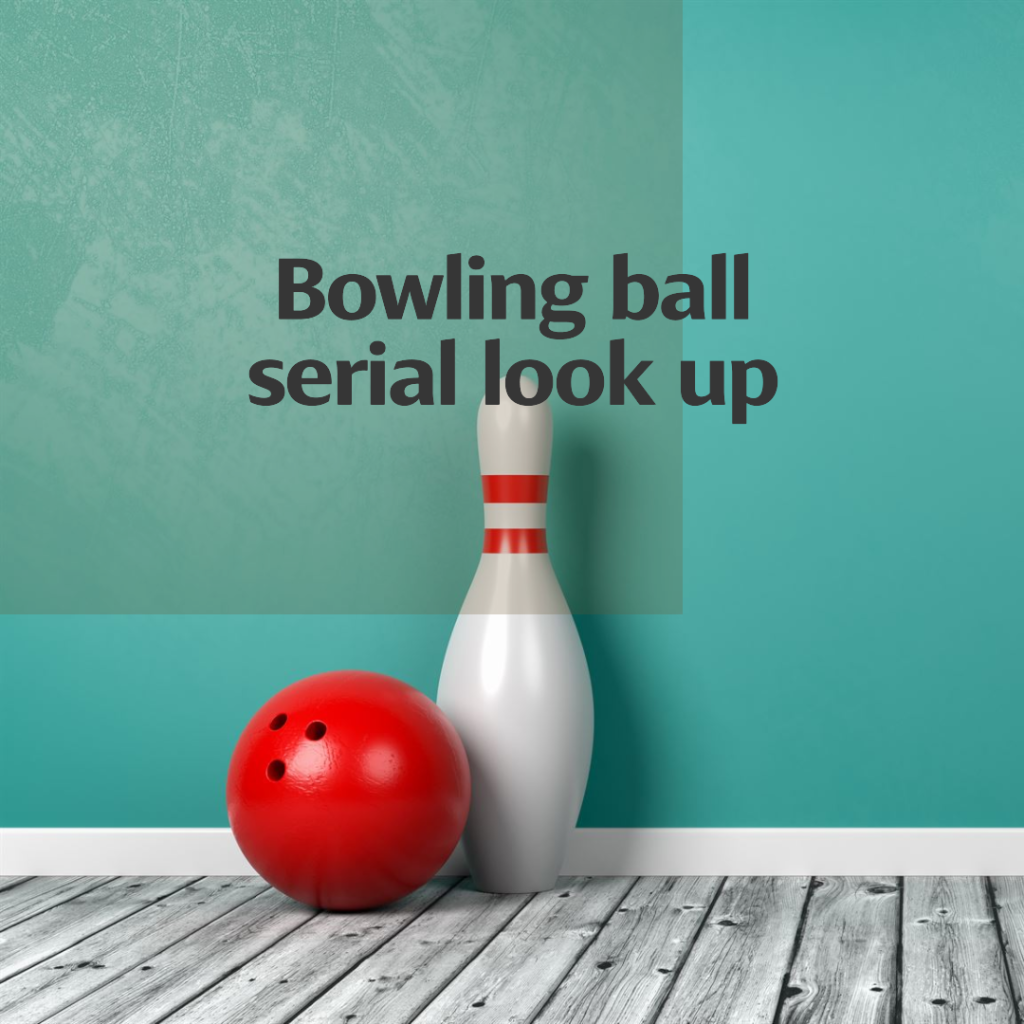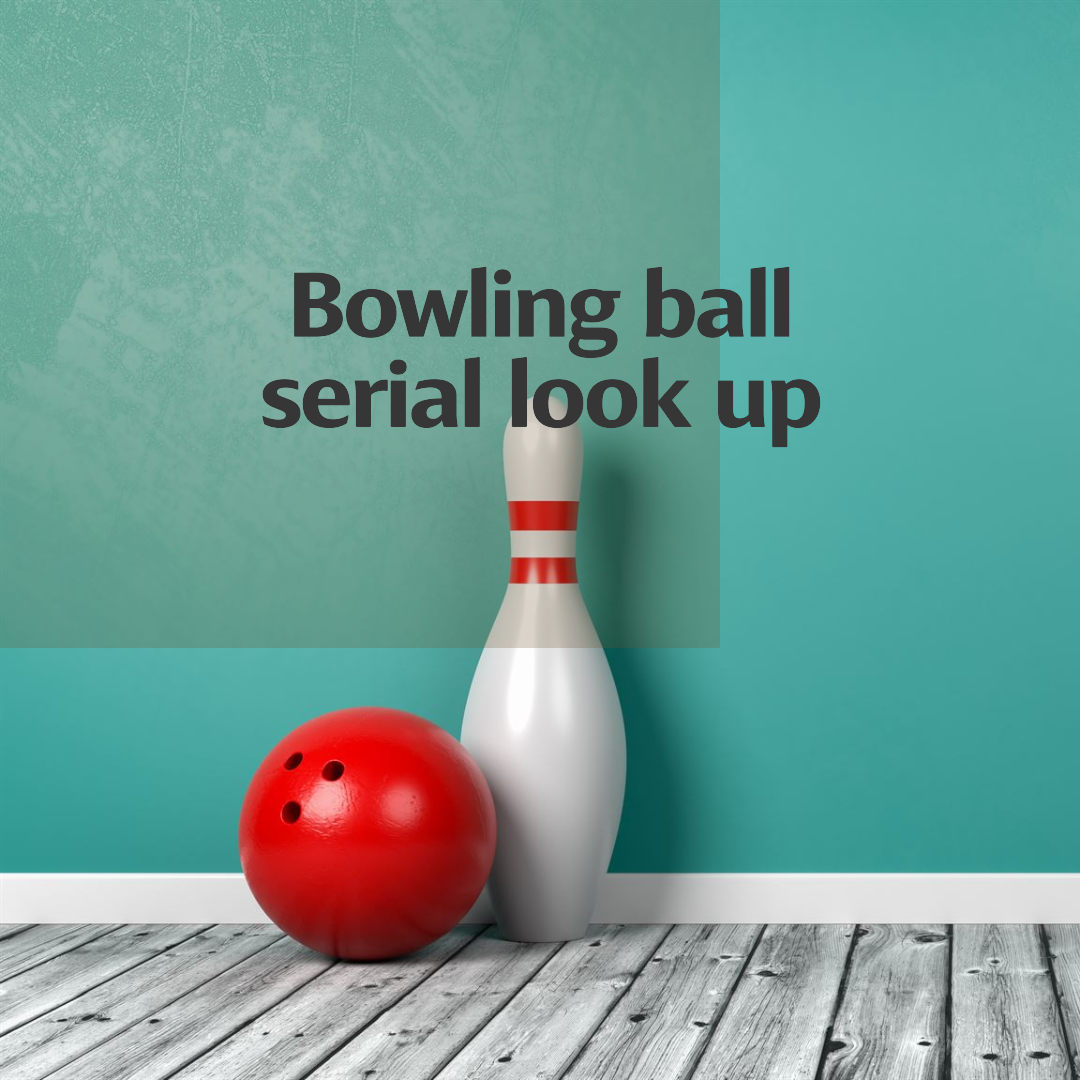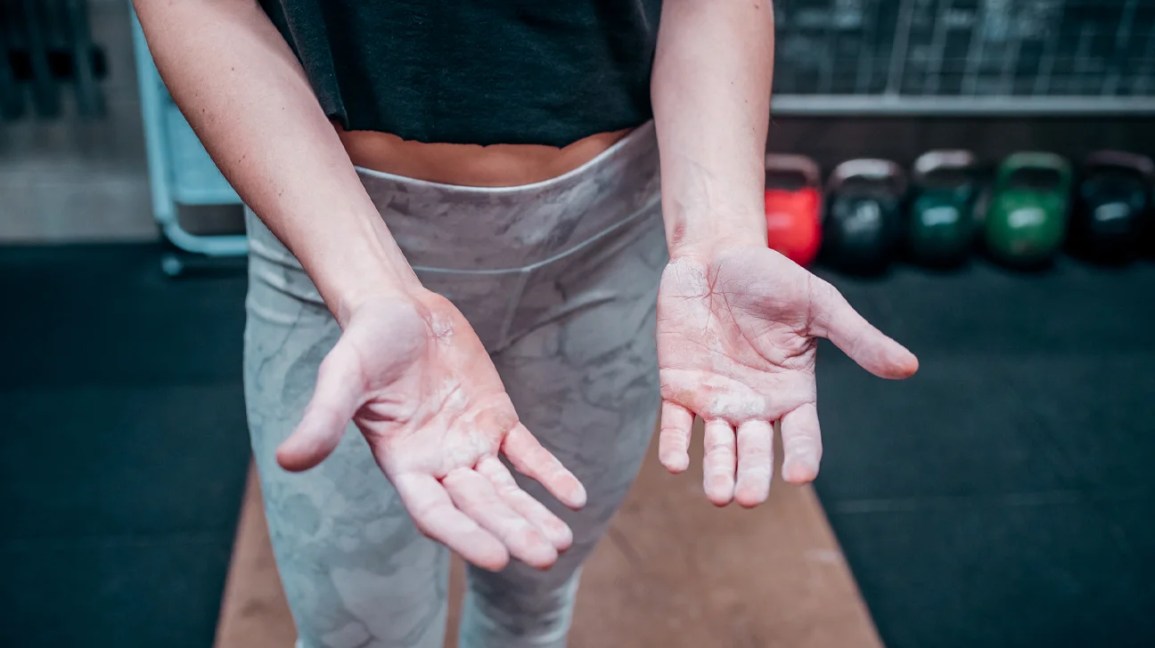Like any manufactured product in the market, bowling balls have serial numbers too. Have you ever noticed where they are located? Well, they are right there on the ball surface. Do these numbers indicate anything? Of course, they are not meaningless. Each letter and digit of a serial number signify something. Learning how to search bowling ball serial numbers is important because you get summarized information on this ball. So, how can you read the serial number of a bowling ball? Are there any rules to read a serial number? Let’s take a look, shall we?

How to Search Bowling ball serial number [lookup]
On every bowling ball, you will always find two types of numbers. The two-digit numbers— 13, 14, 15, 16, etc. represent the ball’s weight. The longer number on the ball surface is what you should be looking for if you want to know your ball’s serial number. Another way to tell if a number is a serial number is if it is in very small font size, so it makes them hardly noticeable. If you roll your bowling ball down its logo, you will find the serial number at the bottom of your ball.
Why Bowling Ball Serial Numbers are vital?
So why are serial numbers so important? Well, these numbers let manufacturers keep a record of their produced balls. It also tells when the ball was made, who made it, and where the ball was made in. Some serial numbers also indicate the materials and finish the factory used to produce the ball.
The 90s were a simpler time. Almost every manufacturer followed a specific method to imprint the serial numbers on the bowling balls. Now, you will see each ball-manufacturing company has its own unique numbering system for the serial numbers. Either way, you should always use a ball with a serial number on it. Without a serial number, it will be considered illegal to use on a bigger platform like USBC, PBA tournaments, etc. So keep that in mind, alright mate?
Hammer Bowling ball serial number
You can actually find two kinds of serial numbers on Hammer bowling balls. The first one is their production serial number and the second one is the ball’s warranty serial number. You will find the production serial number on the bottom of your Hammer bowling ball. Generally, it’s a 4-digit number where the first two digits indicate the month and the last two indicate the year the ball was produced. So it’s pretty easy to read. However, the warranty serial number has 6 digits where the first two digits show the year, and the last four digits specify the day of that year.
Brunswick bowling ball serial number
Back in the 90s, Brunswick Ball had a different serial numbering method. Previously, the balls had serial numbers starting with a digit which specified the year it was made, (i.e., 5B112503). In 2014, Brunswick started their new style of serial numbers. Now, the serial number starts with the letter(s), and then comes the numbers next to the letters. So basically, it’s an alphanumeric string and the numbers will look sort of like HFL51955.
The first alphabet of Brunswick’s serial number represents the month the bowling ball was manufactured. For example:
January – A, February – B, March – C, April – D, May – E, June – F, July – G, August– H, September – I, October – J, November – K, December – L.
And what about the second character? Well, that alphabet represents the year the ball was produced. For example- 2006 – Y, 2007 – Z, 2008 – A, and so on.
So if a Brunswick bowling ball has a DB278562 serial number on it, the ball is manufactured in April 2009.
Columbia 300 bowling ball serial number
Columbia 300 also has its own serial numbering technique. The first digit of that number signifies the year the ball was made. If you take a look at one of Columbia’s oldest bowling balls, you will be able to tell the year the ball was produced. For example- a white dot ball with the number “8RZ01121” indicates that the ball was made in 1998. However, the recent balls have different serial numbers and Columbia is yet to tell us how we can read it ourselves.
Storm bowling ball serial number
So what about our beloved Storm bowling balls and their serial number? Well, the first two letters point out the year the ball was produced, followed by a 3-letter code that indicates the ball’s SKU (Stock Keeping Unit) number which you can also find on the box. Then comes the batch code. And finally, the specific ball number of that batch.
Ebonite bowling ball serial number
The serial numbers on Ebonite bowling balls do not represent when the ball was made. However, the last four digits of their serial number only indicate the order the balls were packed that day. So if a ball shows a number like 3650, it doesn’t mean that’s the 3650th ball. A certain bowling ball could be numbered 0001 or 3650. There’s no specification on that. These numbers can only mean that one ball was packed early in the morning whereas the other one was packed late that night. The rest of the characters on that serial number is put there to represent other relevant information.
Conclusion
Understanding the serial numbers is paramount. As a bowler, you should be aware of your ball’s serial number so it doesn’t get lost or mixed up with other look-alike balls. If you ever get the opportunity to bowl on a bigger stage, make sure your bowling ball has the accurate serial number visible on the ball surface. Without that, you won’t be able to participate. Plus, if you have an extensive arsenal consisting of multiple bowling balls it would be wise to track them by their designated serial numbers. Good luck, my friends!

Passionate Bowler and Bowling Enthusiast
Jess Pinelli is a dedicated bowling enthusiast with a deep love for the sport that spans over 6 years. With numerous strikes, spares, and a few gutter balls under hes belt, he has honed his skills on lanes across the country. Pinelli’s journey in the world of bowling has been a remarkable one, from casual weekend games with friends to competitive league play and even a few local tournaments.
Driven by her passion for the game, Pinelli decided to channel her expertise and knowledge into the digital realm, becoming a prolific author on this bowling website. She’s your go-to source for everything bowling-related, from mastering the perfect hook to choosing the right bowling ball and even navigating the world of bowling etiquette.
When she’s not busy writing informative articles or reviewing the latest bowling gear, you’ll likely find Pinellis at her favorite local bowling alley, helping newcomers improve their game or enjoying some friendly competition with fellow bowlers. She firmly believes that bowling is not just a game but a community, and she’s committed to fostering that sense of camaraderie both online and offline.




